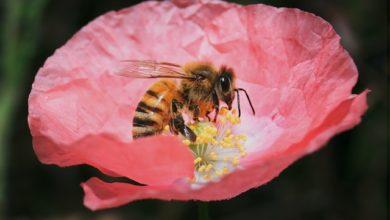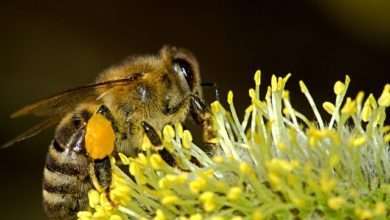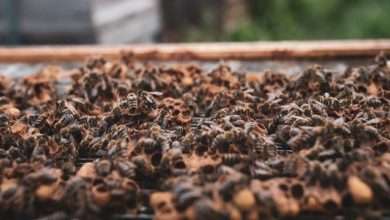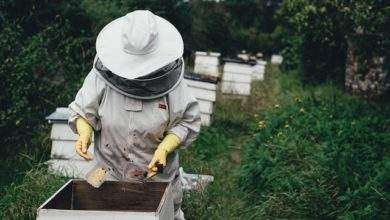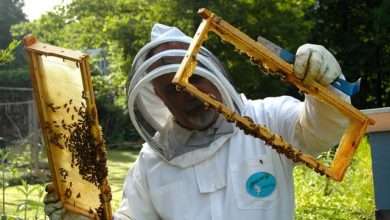Beekeeper’s Debate: Bottom Supering vs Top Supering
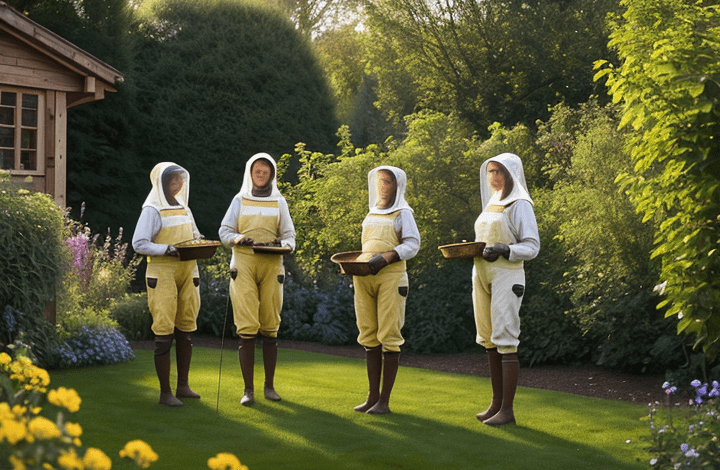
In the world of beekeeping, supering is a crucial practice that directly impacts honey production, bee colony health, and overall efficiency of a beekeeper’s operation. The debate between bottom supering and top supering has been a topic of discussion among beekeepers for years, with each method having its own set of advantages and disadvantages.
In this article, we will delve into the details of both bottom supering and top supering, comparing their effectiveness in honey production, impact on bee behavior, labor and time efficiency, and overall cost and equipment considerations.
Importance of Supering in Beekeeping
Supering plays a vital role in beekeeping by providing bees with the necessary space to store excess honey.
- Supering is an essential practice in beekeeping that involves adding extra boxes, known as supers, to the hive for the bees to store excess honey.
- This process is crucial for beekeepers to ensure that the bees have enough space to store honey during periods of abundant nectar flow.
- Without supering, the bees may become congested in the hive, leading to swarming behavior as they seek out more space to store honey.
- Supering allows beekeepers to harvest surplus honey from the hive without disturbing the brood nest, where the queen bee lays her eggs.
- By regularly adding supers to the hive, beekeepers can ensure that the bees have plenty of room to store honey, reducing the likelihood of swarming and promoting a healthy and productive colony.
- Proper supering techniques, such as spacing the supers evenly and providing adequate ventilation, are essential for maintaining a successful beekeeping operation.
By understanding the importance of supering and implementing proper techniques, beekeepers can ensure the health and productivity of their hives.
Bottom Supering
Bottom supering is a beekeeping method in which additional boxes or supers are added to the bottom of the hive instead of the top. This allows bees to build their comb downwards, which can have several benefits for the hive.
The process of bottom supering involves placing new supers or frames below the existing brood boxes in the hive. This encourages bees to expand their brood chamber downwards, which can help prevent swarming and provide more space for the queen to lay eggs.
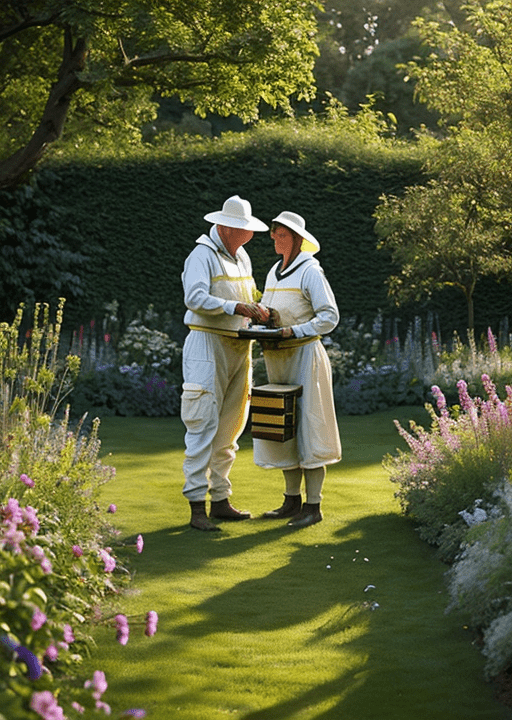
Advantages of Bottom Supering
- Bottom supering can help prevent swarming by providing the bees with more space to expand their brood chamber. This can help to keep the hive population in check and reduce the likelihood of the bees leaving the hive in search of a new location.
- By encouraging bees to build their comb downwards, bottom supering can also help to reduce the amount of work required by beekeepers when inspecting and harvesting honey. The honey stores are located closer to the bottom of the hive, making it easier to access and extract.
Disadvantages of Bottom Supering
- One potential disadvantage of bottom supering is that it can be more challenging for beekeepers to inspect and manage the hive. Since the honey stores are located at the bottom of the hive, beekeepers may need to lift heavier boxes or frames to access them.
- Bottom supering may also be less effective in colder climates, as bees may prefer to cluster towards the top of the hive to stay warm. In these situations, top supering may be a more suitable method for managing the hive.
Best Practices of Bottom Supering
- When bottom supering, it is important to provide the bees with enough space to expand downwards. Adding additional supers or frames gradually can help to prevent overcrowding and give the bees enough room to build their comb.
- Regular inspections of the hive are essential when bottom supering to ensure that the bees are healthy and the hive is functioning properly. Monitoring the brood chamber and honey stores can help beekeepers to identify any issues early on and take appropriate action.
Common Misconceptions about Bottom Supering
One common misconception about bottom supering is that it can cause the bees to become disoriented or confused. However, bees are highly adaptable creatures and will quickly adjust to a new configuration of supers within the hive.
Another misconception is that bottom supering is only suitable for large, established hives. In reality, bottom supering can be beneficial for hives of all sizes and can help to promote a healthy, productive colony.
Top Supering
Top Supering, is a method used in beekeeping to add additional supers on top of the existing supers.
Advantages of Top Supering
- One of the main advantages is that it allows the bees to expand their brood nest naturally, leading to a healthier and more productive colony.
- By adding supers to the top, the bees are encouraged to fill them with honey, which can then be harvested without disturbing the brood nest below.
- This method also helps prevent swarming, as the bees have more room to store honey and raise brood.
- Top supering is also more efficient for the beekeeper, as it eliminates the need to lift heavy boxes from the bottom of the hive.
Disadvantages of Top Supering
- One of the main drawbacks of top supering is its potential impact on the overall health of the colony. By adding extra boxes, beekeepers risk disrupting the natural brood pattern of the hive, which can lead to confusion and disorganization among the bees. This can ultimately result in a decrease in honey production and overall efficiency within the colony.
- Top supering can also increase the risk of disease and pests within the hive. The additional space provides more opportunities for pathogens and parasites to infiltrate the colony, putting the bees at greater risk of infection and infestation.
- Too much top supering can cause the bees to become stressed and agitated. The constant disturbance and readjustment of the hive structure can disrupt the bees’ natural behavior and routines, leading to increased aggression and defensive behavior.
Best Practices of Top Supering
- To ensure successful top supering, always add supers when the lower ones are at least 80% full to prevent swarming.
- Use queen excluders when top supering to keep the queen out of the honey supers and maintain pure honey for harvesting.
- Monitor the honey supers regularly to check for full frames and harvest the honey when it is capped and ready.
- Properly space the frames in the supers to allow bees easy access and room for honey storage.
- Maintain a healthy and strong colony by providing enough ventilation, food, and space for the bees to thrive.
- Implement integrated pest management strategies to prevent diseases and parasites from affecting the hive.
- Regularly inspect the hive for any signs of issues and address them promptly to ensure the health and productivity of the colony.
- Keep detailed records of hive maintenance, supering practices, and honey production to track the progress and make informed decisions for future beekeeping operations.
Common Misconceptions about Top Supering
- Many beekeepers believe that top supering is only necessary during the honey flow season, but this is a common misconception.
- Top supering can actually benefit the hive year-round by providing more space for the bees to expand and store food.
- Top supering is only for experienced beekeepers. In reality, beginners can also successfully implement this method with the right guidance.
- Top supering is harmful to the bees, as it disrupts their natural instincts. However, when done correctly, top supering can actually help the bees thrive by preventing overcrowding in the hive.
Comparison between Bottom Supering and Top Supering
When it comes to beekeeping, the method of supering, whether from the bottom or top, can have a significant impact on various aspects of beekeeping. Here, we will compare bottom supering and top supering in terms of honey production, bee colony health, labor and time efficiency, impact on bee behavior, and cost and equipment considerations.
Honey Production:
- Bottom supering allows bees to build comb naturally, which can result in more efficient honey production.
- Top supering, on the other hand, requires more intervention from the beekeeper, which can sometimes lead to less honey production.
Bee Colony Health:
- Bottom supering may be better for bee colony health as it allows bees to work in a more natural way.
- Top supering can sometimes disrupt the bees’ natural behavior, potentially impacting their health.
Labor and Time Efficiency:
- Bottom supering is generally less labor-intensive as it requires less intervention from the beekeeper.
- Top supering may require more frequent checks and adjustments, making it more time-consuming.
Impact on Bee Behavior:
- Bottom supering encourages bees to build comb downwards, which is their natural behavior.
- Top supering can sometimes result in bees building comb upwards, which may not be ideal for their behavior.
Cost and Equipment Considerations:
- Bottom supering may require less specialized equipment as it relies more on the bees’ natural instincts.
- Top supering may require additional equipment, such as queen excluders, to ensure honey production is maximized.
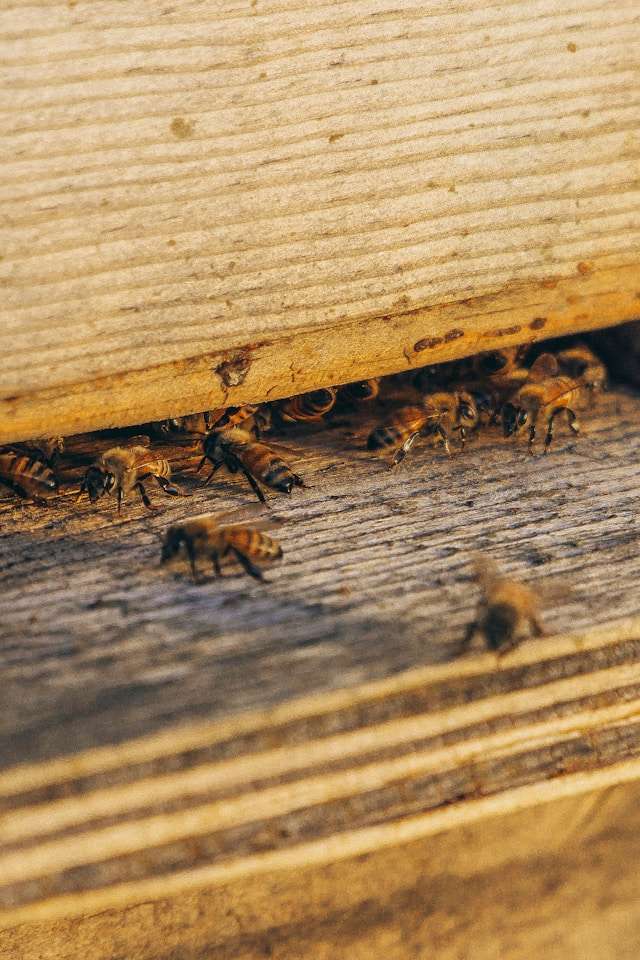
Conclusion
The debate between bottom supering and top supering is not easily settled, as each method has its own unique set of advantages and disadvantages. Beekeepers should carefully evaluate their specific hive conditions, climate, bee breed, and management preferences before deciding which supering method to adopt.
Ultimately, the goal of any beekeeper is to promote the health and productivity of their bee colonies, and the choice of supering method should align with this overarching objective.
FAQ:
What is supering in beekeeping?
- Supering is the practice of adding additional honey supers to a beehive to provide extra space for honey storage.
What are the advantages of bottom supering?
- Bottom supering can reduce the risk of swarming, make hive temperature management easier, and minimize honey drip during extraction.
How does supering method impact bee behavior?
- The placement of additional honey supers can influence foraging patterns, swarming tendencies, and overall colony productivity.
How should beekeepers decide between bottom supering and top supering?
- Beekeepers should evaluate their specific hive conditions, climate, bee breed, and management preferences before deciding which supering method to adopt.
